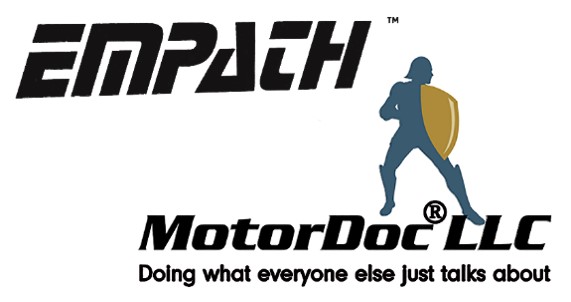Media bias is not only found related to politics and public policy, but also how we perceive the reliability and maintenance community. From advertising dollars and marketing being presented as technical articles and information to the idea that ‘digital transformation’ solves everything, or that infrared is a complete electrical reliability program. As noted in my September 13, 2018, article in CBM Connect (Large Electric Motor Reliability: What Did the Studies Really Say? – CBM CONNECT®) and 2012 with Efficient Plant (Large Electric Motor Reliability: What Did The Studies Really Say? – Efficient Plant (efficientplantmag.com) the perception has been that bearings are the number one cause of failure with electric machines based on how the data from a series of EPRI and IEEE studies. However, that turns out to have been misrepresentation of the data.
While maintaining the mechanical portion of the electric machine is important, there are a series of other causes of electric motor and generator failure that can be mitigated that are as important, if not more-so. As it turns out, insulation resistance, which was the top root cause by an order of 3X all other causes, and turn shorts in the top six, are driven by several conditions that can be corrected. The primary causes for all defects range from contamination to connection and installation issues and lubrication to power quality. An electric motor is a hardy, but precision, device as it converts electrical energy to mechanical torque.
One of the dangers is TOO much of a focus on any one of the failure conditions. This especially includes lubrication which is the top cause of contamination problems in an electric motor. While a little is good, more is better – right? The number one cause of ball and roller bearing failure is OVER-lubrication. That over lubrication also results in grease and related contamination entering the motor and coating the winding – a condition we normally see in motor repair shops. We’ve even observed the results of the over-enthusiastic installation of auto-lubers as they slowly destroy the bearings but also shove more contamination into the windings.
So, how do we properly maintain our electric motors?
- Visual inspections to check condition and contamination of the motor, base, driven equipment, and controls/disconnects.
- Winding tests including insulation resistance and other tests to detect the conditions that will lead to failure.
- Cleaning – high in the top 5 of causes of machine failure is heat. Make sure that the motor and cooling passages are clean.
- Lubrication – not too much, not too little. Most of the time it is too much.
- Electrical Signature Analysis – to check for power, machine, and driven equipment condition including the conditions that will lead to failure. Most are mitigable. (see https://empathcms.com).
- Bearing checks and inspections – where it makes sense, such as Babbitt bearings.
- Air gap checks in larger machines when conditions change such as the base or when ESA detects static or dynamic eccentricity.
- Alignment checks – when conditions change.
- Check/change brushes and shaft brushes were applicable.
- Check and tighten connections in particular in VFDs and Soft Starts.
Additional resources include the US Department of Energy’s “Improving Motor and Drive System Performance,” which MotorDoc participated in based on the development of our work on Motor Challenge in the 1990s: Improving Motor and Drive System Performance (energy.gov)
And additional US Department of Energy resources associated with electric motor driven systems: Motor Systems | Department of Energy
